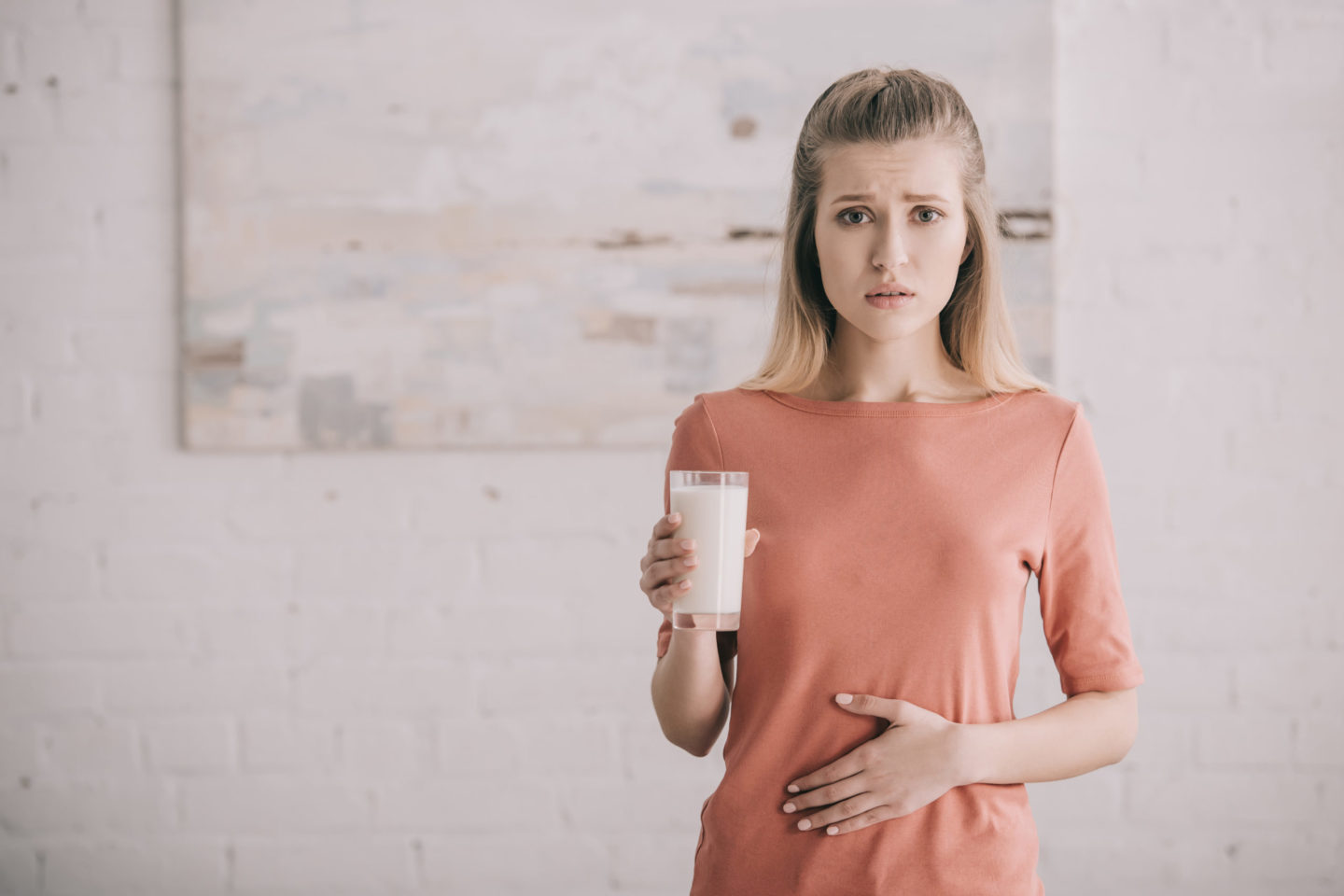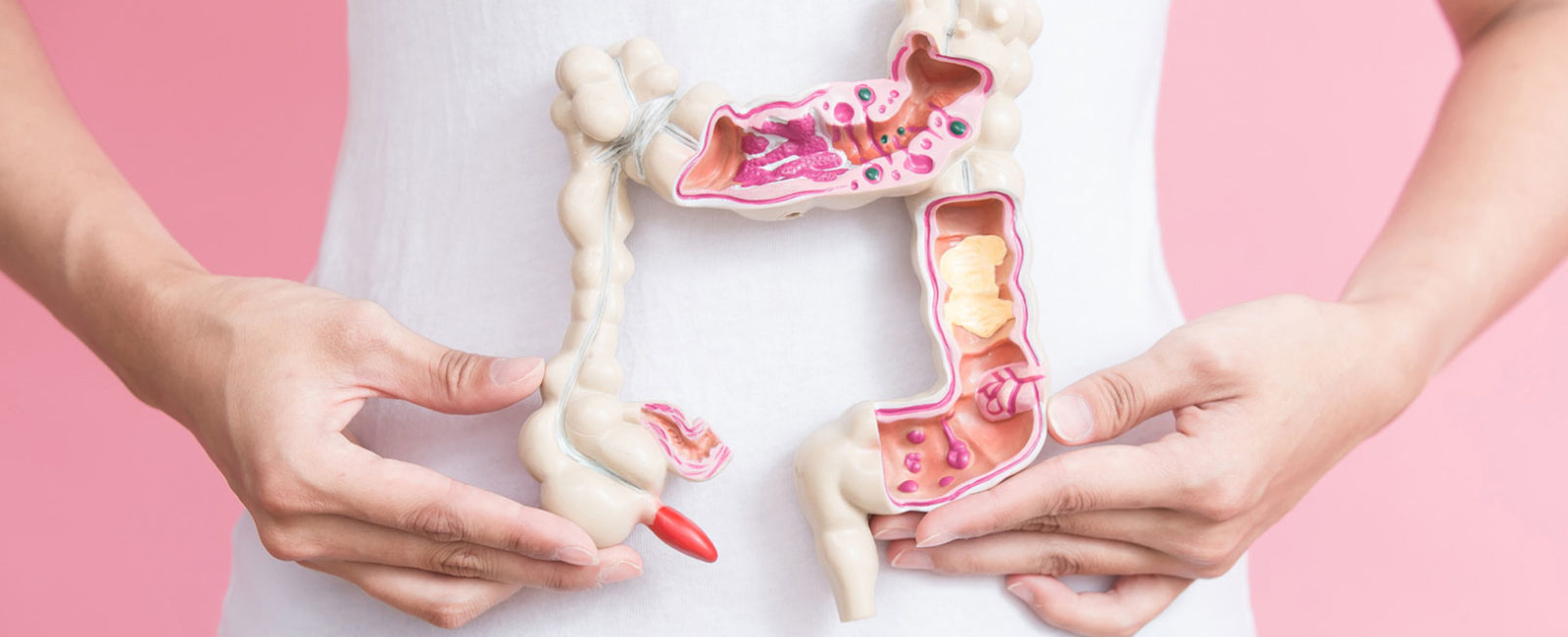
Intestinal rehabilitation for lactose intolerance
Lactose intolerance: Treat the gut to a cure
Lactose intolerance can be hard on the gut, especially if you continue to eat dairy products with lactose (milk sugar). However, some people don’t do this consciously. They simply don’t know that they don’t tolerate lactose well. This is because the symptoms of lactose intolerance and irritable bowel syndrome, for example, can be quite similar. This makes it difficult to diagnose the intolerance. In the long run, however, the intestinal mucosa can suffer. Intestinal rehabilitation for lactose intolerance can bring relief. BIOMES explains what is special about the cure.
Undigested lactose: This is why your intestine is happy about a cure
If the organism does not produce enough of the body’s own enzyme lactase, lactose intolerance can occur. The enzyme lactase normally breaks down lactose in the small intestine. This is because the body only absorbs lactose into the blood when it is broken down, not as a whole. If lactose splitting does not work properly, the sugar passes undigested from the small intestine into the large intestine. There it becomes “food” for colon bacteria – with possible side effects such as flatulence, abdominal cramps or diarrhoea. In order to soothe the intestines of people with lactose intolerance, it can be useful to carry out an intestinal cleansing.
This is how intestinal rehabilitation helps with lactose intolerance
If you can’t digest lactose properly, the enzyme lactase can help. And how does the intestinal cure come into play? Sometimes lactose intolerance occurs because the intestinal mucosa is attacked, for example by a gastrointestinal infection. Because it is irritated, it no longer produces enough lactase. The enzyme is missing and the symptoms appear.
A colon cleanse is supposed to relieve the stressed organ and help regenerate the mucous membrane. But even if the lactose intolerance has developed for other reasons, it can be worthwhile to try a gut cleanse. For example, it is supposed to counteract a faulty colonisation of the intestine and bring the intestinal flora back into balance. If the flora is balanced again, this may also alleviate the symptoms – regardless of whether lactose intolerance, irritable bowel syndrome or another intolerance is plaguing the intestine.
How does intestinal rehabilitation work?
What came first? Does the irritated intestine trigger the intolerance or is the intestine stressed due to the lactose intolerance? Both are possible. But either way – the organ is happy to have a rest. You can do the cure in the comfort of your own home. There are usually two phases: Step 1 is dedicated to the preparatory cleansing of the intestines. A natural option for this is psyllium. Step 2, the actual cleanse, is usually more long-term. In this phase, it is not only advisable to exercise and relax sufficiently. Of course, a varied diet is also at the top of the list, because it is particularly important for our intestinal flora.
Prebiotics and probiotics for the intestinal cure
You can “feed” favourable bacteria with so-called prebiotics. These are indigestible food components that promote the growth of certain microorganisms in the large intestine. Natural probiotics, i.e. the living bacteria themselves, are also found in food, for example in sauerkraut, yoghurt or kefir. They can make a valuable contribution during intestinal rehabilitation. Some of the microorganisms promote lactose digestion in the intestines. They may cause those affected to tolerate more lactose again and reduce their symptoms.
Check the intestinal flora before the cure
A tip from BIOMES: Before a colon cleanse, test your intestinal flora with the INTEST.pro intestinal test. This can show whether there is an imbalance in your intestine and whether an intestinal rehabilitation is recommended. A small stool sample is sufficient. An online dashboard then shows you who has made themselves at home in your intestine. BIOMES also tells you where there is potential for optimisation. Based on your test results, the experts also create personalised nutrition recommendations for you. This makes it easier for you to integrate a healthy intestinal diet into your everyday life – even after the intestinal rehabilitation for lactose intolerance.
